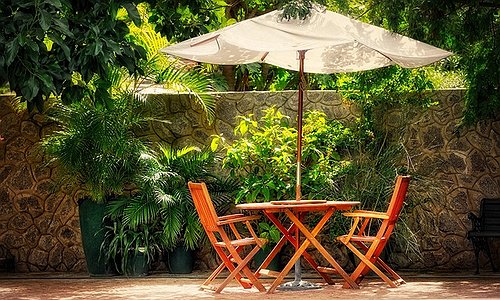Biosphere reserve on the edge of the Karoo rethinks growth

Recognised by UNESCO in 2015, the reserve stretches from the Karoo’s arid escarpments to the coastline near Mossel Bay. It encompasses three globally significant biodiversity hotspots, namely Fynbos, Succulent Karoo, and Thicket, and is home to over 50% of South Africa’s endemic plant species. Unlike a national park, the Gouritz Cluster does not isolate nature from people. Instead, it integrates farmers, entrepreneurs, and conservationists, inviting them to share responsibility for sustainable development.
From rooibos to regeneration
One practical approach involves rooibos tea. The native shrub thrives without irrigation in the semi-arid inland zones. In recent years, the Gouritz Cluster Biosphere Reserve has partnered with small-scale farmers to develop organic, sustainably harvested rooibos operations, which fetch premium prices on international markets.
Certification schemes not only safeguard biodiversity but also support local cooperatives, particularly farming groups led by women.
Regenerative agriculture is also gaining momentum. In the dry Little Karoo, where overgrazing and climate change have degraded ecosystems, farmers have started experimenting with rotational grazing and soil restoration, combined with indigenous plant cultivation. The biosphere reserve provides technical support, seed funding, and partnerships, turning difficult circumstances into a viable model of adaptation.
Tourism with limits and purpose
Tourism represents another economic focus, albeit with strict guidelines. Unlike the commercial resorts prevalent along much of South Africa’s coast, the Gouritz Cluster promotes small-scale eco-tourism. Examples include hiking trails through the fynbos-covered mountains, homestays in traditional Karoo cottages, and guided tours conducted by local residents trained in ecology and cultural heritage.
These initiatives do more than create employment. It fosters pride in local culture and encourage stewardship of natural resources.
Maintaining this balance remains challenging. Recently, threats of overdevelopment emerged, including proposed golf estates and coastal resorts. In response, the Gouritz Cluster has proactively engaged stakeholders early in the process, pushing for environmental assessments and advocating community-led alternatives.
A revolution in governance
A notable aspect is the governance model. The reserve operates as a public-benefit organisation, coordinating closely with municipalities, traditional leaders, farmer groups, and civil society. It holds no enforcement powers, meaning no rangers issue fines and no gates block entry. Rather, it relies on building trust and consensus, creating slower but ultimately more sustainable outcomes.
Climate challenges ahead
Despite these successes, the Gouritz Cluster Biosphere Reserve continues to face difficulties. Climate change intensifies drought conditions, and youth unemployment remains high. Although donor funding currently supports various projects, long-term sustainability depends on integrating these practices into markets and policy frameworks. Nevertheless, the Gouritz model is drawing attention beyond South Africa. Delegations from other biosphere reserves have visited to learn how conservation and commerce can coexist, benefiting one another.




